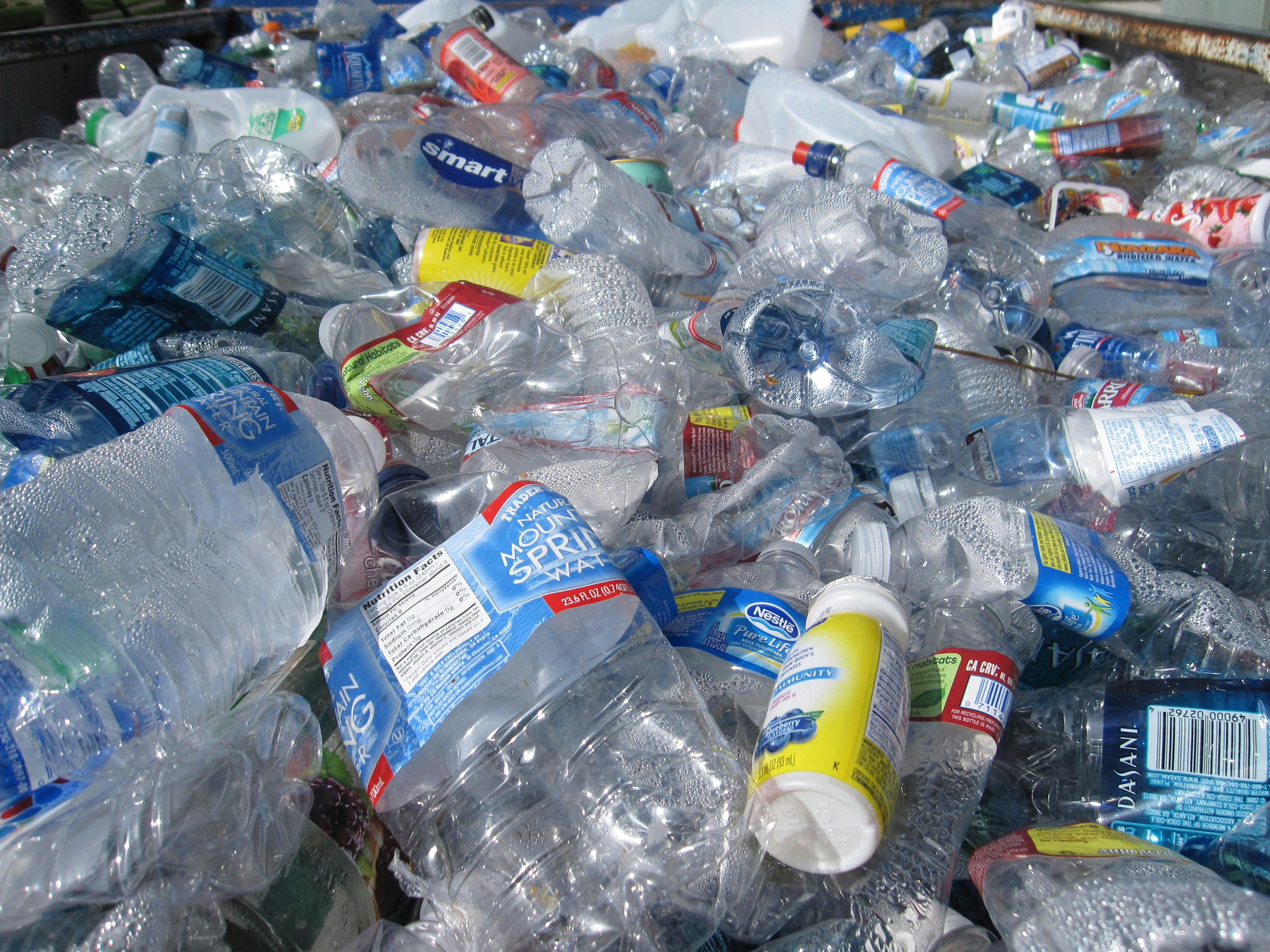
Tiny bits of plastic pollution are found all across the natural environment from the deep ocean to Arctic ice. This widespread contamination comes from the manufacture and overuse of plastics which degrade over time and leach toxic chemicals into the environment and the food system. The chemicals in micro-and nano plastics (MNPs) cause a plethora of health impacts including harming people’s hormonal systems leading to infertility, and neurological and behavior disorders among other issues, says a new review which unpacks the mechanisms of how plastics harm health.
Typically, people consume microplastics from contaminated food and drinking water, ingesting around 50,000 particles each year. People can also inhale micro- and nano plastics and absorb them through skin contact. Most microplastics in the atmosphere come from the wear and tear of vehicle tires and brake pads. Researchers estimate that the harmful health effects from toxic chemicals in microplastics cost the United States nearly $250 billion in health care expenses in one year.
To tackle the plastic epidemic and its health harms, scientists and health advocates are pushing for world leaders to commit to curb plastic production in a legally binding United Nations treaty due to be voted on next month in Geneva, Switzerland.
The plastics and fossil fuel industry objects to curbs on production, arguing instead for more recycling. But scientists and pollution advocates say that very little plastic is ever recycled and doing so adds to the spread of toxic chemicals in the plastics.
“We are already seeing the impacts of plastic pollution on our health and our children’s health….The solution is to cap and reduce plastic production,” said Tracey Woodruff, Professor and Director of the Program on Reproductive Health and the Environment, University of California, San Francisco.
“We are already seeing the impacts of plastic pollution on our health and our children’s health….The solution is to cap and reduce plastic production,” said Tracey Woodruff, Professor and Director of the Program on Reproductive Health and the Environment, University of California, San Francisco.
Messing the with endocrine system
The tiny bits of plastic contain endocrine-disrupting chemicals which can accumulate in body tissues and organs, such as ovaries and testes, where they bind to hormone receptors and interfere with their function, the review authors wrote. The chemicals also mess with key parts of the body’s endocrine system including the hypothalamus – an area of the brain that helps regulate hormones and the nervous system, and controls body temperature and blood pressure, among other central processes. For example, studies have found that endocrine disrupting chemicals interfere with the molecules produced by the hypothalamus that signal to the body when it is time to eat or sleep.
MNPs also affect several other organs involved in the endocrine system, wrote the review authors. These include the pituitary gland in the brain – which makes hormones involved in reproduction and fertility – and the thyroid gland found in the neck, which produces hormones that control how the body uses energy. Long-term exposure to MNPs harms the development and function of the thyroid gland, the review authors wrote. Studies show that rats fed a daily diet of nanoplastics and polystyrene for 5 weeks produced less of two key thyroid hormones known as thyroxine (T4) and triiodothyronine (T3).
Endocrine disrupting chemicals mainly interfere with the function of the pituitary gland by messing with the hypothalamus. They reduce levels of hormones important to the reproductive system such as follicle stimulating hormone which is involved in the production of sperm and eggs. This can lead to infertility and possibly cancer of the uterus, the review authors write.
Harming reproduction
Reproductive organs comprising the ovaries and testes are very sensitive to the damaging effects of endocrine disrupting chemicals in micro- and nanoplastics, wrote the review authors. Studies in rodents exposed to microplastics found that the plastics build up in uterine tissue and ovaries. They also found a drop in the production of proteins that provide structural support for cells and are involved in cell movement. The ovaries also weighed less, and produced fewer mature follicles – the sacks that contain developing eggs. Tests in mice that drank water contaminated with microplastics, found that mice ovaries showed signs of oxidative stress – a condition where antioxidants in the body are unable to combat free radicals – unstable and highly reactive molecules that can damage cells.
Microplastics are linked to a decrease in pregnancies and an increase in offspring mortality, wrote the review authors.
Microplastics also cause oxidative stress and inflammation in the male testes. Studies in mice that were fed polystyrene microplastics for 28 days found a reduction in sperm number and quality and lower testosterone levels. These findings suggest MNPs could be contributing to the continuing decline in male fertility rates seen over the last 80-years.
Better controls on plastic pollution
Plastic production and use continues to grow as does the evidence of its harm to human health, particularly in vulnerable populations like children and pregnant women, the review authors wrote. Further research is needed into the long term effects of micro- and nanoplastics, and to better understand the mechanisms through which they harm health. In the meantime, the authors call for limits on the mass production of plastics and plastic additives containing endocrine disrupting substances.
The Endocrine Society, a global professional organization of endocrinologists, says the mounting evidence of the health impacts of plastics and the toxic chemicals they contain is not keeping pace with current regulations to control their production and use.
The International Pollutants Elimination Network (IPEN) says a legally binding global treaty is needed to curb plastic production and protect human health.
Bjorn Beeler, IPEN International Coordinator said in a statement, “More plastic production means more pollution. That’s why the Treaty also needs to include provisions to cap and reduce plastic production, and not rely on false promises about failed solutions, like plastic recycling.”









